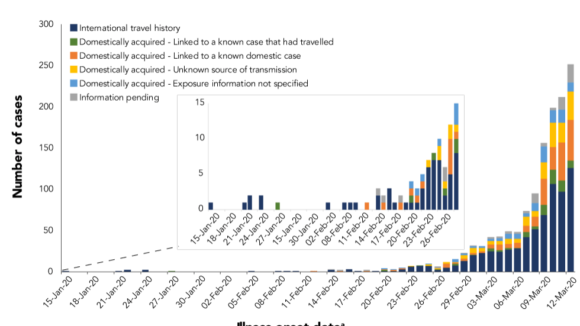Before Covid-19, the only people excited by data were those in related fields. Covid-19 changed that. How did this change come about? We all can remember, looking back now, the news items about an infectious virus spreading in Wuhan, China. It was tucked away as news item number 4 or 5. People didn’t think too much about it at the time. However, things changed very soon and public health officials started issuing cautious warnings that this could potentially be cataclysmic for us here in the UK as well. We remember the attempts to isolate people coming in from China, back in Feb 2020. Things deteriorated very quickly as the situation took a turn for the worse in Spain & Italy. It became evident overnight that the UK was only 3-4 weeks behind with a similar outcome. The public policy makers had to very quickly make decisions that would not only impact public health but every aspect of our lives in the coming months.
Public policy makers rely on macroscopic data to make sense of the world they are trying to shape. This situation was no different, in that respect. Their decisions with respect to Covid-19 would be guided by data. Putting aside political decisions for a moment, we can all agree that the health officials relied on data to inform the government about what tools it could be deploy at its command to contain the spread of the virus. The government recognizing the widespread impact, started doing the daily Covid-19 briefings. In many ways, thanks to open data initiatives, we were able to see for ourselves the public health situation as it unfolded in the country. We all were suddenly glued to the television to watch these briefings filled with numbers, hypothesis, graphs, tables, percentages and we overnite became familiar with terms like “flatten the curve”,”reduce the R rate”, “NHS capacity”, “hospital admission rate” etc. If not for the extraordinary situation we all found ourselves in, these terms would be anything but arcane, confined to the small groups statisticians. However, it seemed we all had been put through a bootcamp and crash course combined in a matter of days. We all were expected to understand this new language of the nation. As lockdown swooped on us, our discussions moved to online forums and were rife with analysis of the previous day’s Covid-19 figures. All of us had an opinion on how we should tackle this contagion. Even today there is no agreed single approach to tackling Covid-19 anywhere in the world. What we have is a set of measures that can be deployed alone or in combination usually in a balacing mode to reduce the impact. Literally overnight, people have been schooled in how data alone is not enough to inform and provide the best course of action. We are all aware of the profound insight that a world without data analysis is bad but a world with data can equally be bad if we draw the wrong inferences from it. The challenges of data analysis are self evident now to the wider public.
We all live in a world where everything happens at a scale unthinkable even a decade ago. It is not only that scale that is massive now, but also the interconnectedness of our lives and the avenues this provides for effects to ripple through at a pace never seen before – whether it be a social media meme, a physical virus or awareness about data analytics.
News organisations, leading news websites, universities and internet giants like Google played an equally important role in familiarising us with data lingo. They presented regular, timely, clear, simple & visual Covid-19 related data that all of us could make sense of. Other than sports statistics, never before have so many of us been presented with so much data so regularly. Never before have we all analysed such data so regularly and discussed its impact on our lives. It seems we all have turned in armchair data scientists overnight. This is not a slight but a reality and it is for the better.
It is a good thing for the data professionals, that the general population is aware of the role data plays in our daily lives. It is good that they are more tuned to graphs, statistical insights and the challenges in data inferences. The past few months have softened everyone towards data science and made them more receptive to data professionals. Data profession has moved from rarified field to our drawing rooms, to a certain extent. This will only help the already burgeoning demand for more data professionals. Let us not fear this wider awareness / education as a threat to the craft but as a validation and an opportunity.

